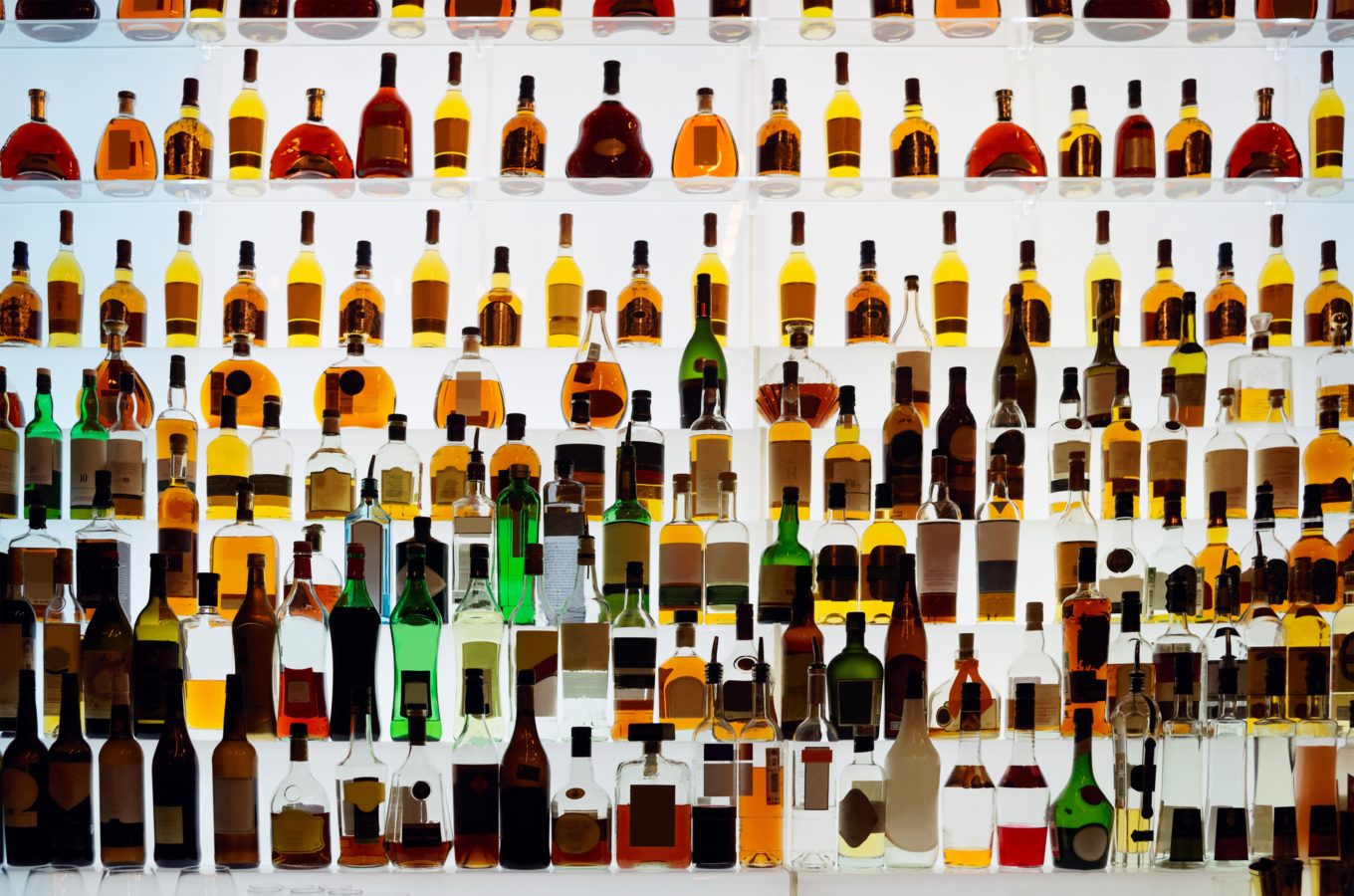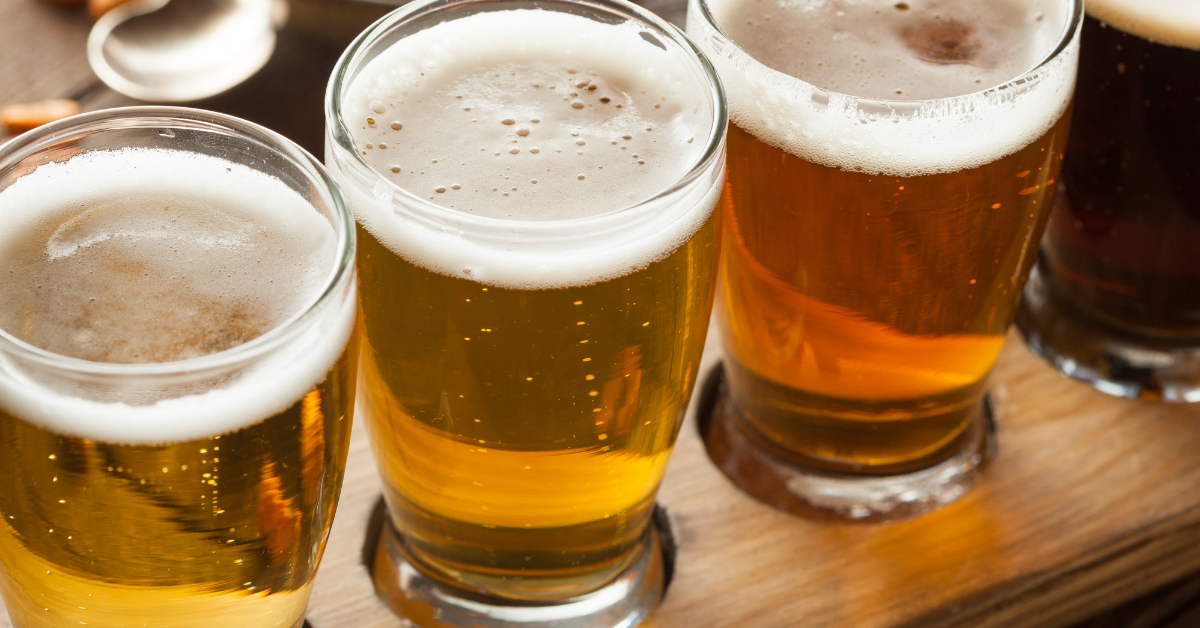
Stephen Ngo
January 18, 2017
Posted in Restaurant Management, Industry & Culture
Overview
Data can be a powerful tool in a bar manager’s toolkit. In our previous analyses of bar profitability, we looked into the data of our users’ overall profitability metrics. What we discovered was that the typical pour cost of a BevSpot user was about 15% for spirits & cocktails. What this translates to is that, before paying wages and rent, the median BevSpot establishment is getting an 85% gross profit margin on its Moscow Mule.
The Cost Data
If that number seems off to you, your instincts are close to the truth. When we delved a little deeper into the data, it revealed that the 15% aggregate pour cost does measure general profitability for individual establishments, but it also represents an average of all the various drinks being sold by those bars. As most will know from experience, costs and pricing can vary widely between drinks, especially cocktails: the profit margin on a bar’s Negroni recipe almost certainly won’t be the same as that of its Old Fashioned.
Cocktail Sales Data and Approach
We took a look at sales data from nine major metro areas across the United States to see which popular cocktails are the most and least profitable for bars. We then organized our results by International Bartenders Association cocktail category. Here’s what we found for 28 classics.




